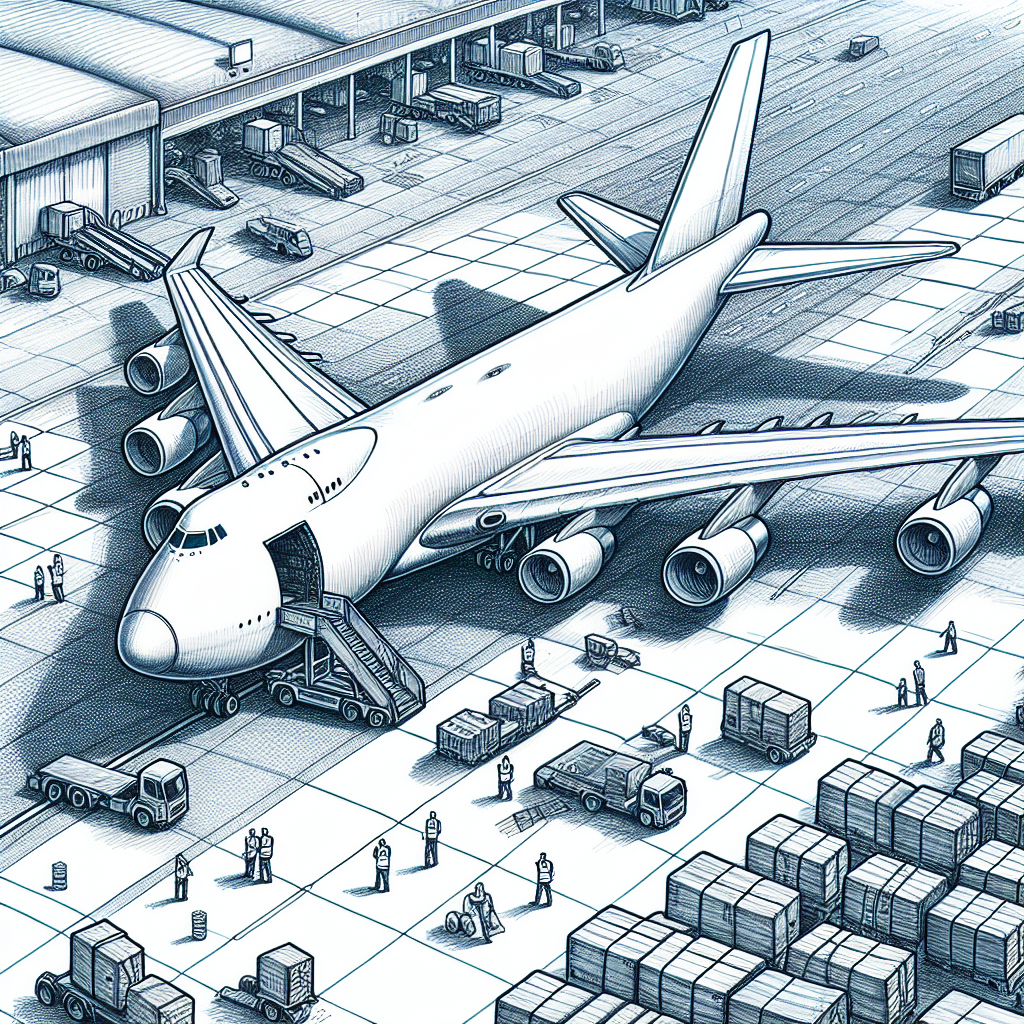Global Air Cargo Demand Rises 5.8% in April, Driven by Consumer Goods Surge
With demand and capacity at record highs, and yields beginning to improve, the global air cargo sector appears poised for a strong second quarter.

The International Air Transport Association (IATA) has released new figures for April 2025, indicating a significant upturn in global air cargo demand. Total demand, measured in cargo tonne-kilometers (CTKs), rose by 5.8% year-on-year, while international operations saw an even stronger increase of 6.5%. Capacity also increased robustly, rising 6.3% overall and 6.9% for international routes, reflecting a resilient global logistics network adapting to dynamic market forces.
These figures represent continued momentum after March’s solid performance and paint an encouraging picture for the global air freight industry. The sector is benefiting from a unique confluence of factors, including early shipments of consumer goods ahead of tariff changes, a rebound in industrial activity, and a sharp decline in jet fuel prices.
Demand Strengthened by Seasonal Trends and Tariff-Driven Front-Loading
IATA’s Director General Willie Walsh highlighted the multiple tailwinds contributing to April’s positive performance.
“Air cargo demand grew strongly in April, with volumes up 5.8% year-on-year, building on March’s solid performance. Seasonal demand for fashion and consumer goods—front-loading ahead of US tariff changes—and lower jet fuel prices have combined to boost air cargo,” Walsh said.
He added that although April brought good news, uncertainties in world trade persist due to evolving geopolitical and policy developments, particularly involving the United States.
“Shifts in trade policy are already reshaping demand and export dynamics. Airlines will need to remain flexible as the situation develops over the coming months,” he advised.
Operating Environment: Lower Fuel Prices and Rebounding Industry
Several key macroeconomic indicators underpinned the surge in air cargo volumes:
-
World industrial production rose 3.2% in March 2025, signaling strong manufacturing output.
-
Global goods trade increased by 6.5% month-on-month, with air cargo growth outpacing it—showing that air freight remains critical for high-value, time-sensitive shipments.
-
Jet fuel prices continued their downward trend, dropping 21.2% year-on-year and 4.1% month-on-month, marking the third consecutive monthly decline. This has eased operating costs for carriers.
-
The global manufacturing PMI climbed to 50.5 in April, indicating expansion for the fourth consecutive month. However, the PMI for new export orders declined by 2.8 points to 47.2, staying below the 50-point threshold and reflecting softening future demand.
Regional Air Cargo Performance: Latin America and Asia-Pacific Lead Growth
The April data highlighted divergent performance across regions, with Latin America and Asia-Pacific carriers leading the global growth in air freight demand:
-
Latin American carriers saw the strongest year-on-year demand growth at 10.1%, with capacity up 8.5%. The region’s improved trade links and agricultural exports contributed to this surge.
-
Asia-Pacific airlines reported a 10.0% increase in demand, driven by recovering exports, strong e-commerce growth, and an uptick in regional trade. Capacity increased 9.4%.
-
African airlines experienced a 4.7% growth in demand, accompanied by a substantial 9.7% rise in capacity, reflecting growing intra-African trade and connectivity investments.
-
North American carriers recorded a 4.2% rise in demand, with capacity up 4.6%. Air cargo in this region benefited from tariff anticipation and resilient e-commerce volumes.
-
European carriers saw 2.9% demand growth, supported by moderate economic recovery and integration with global supply chains. Capacity rose 3.3%.
-
Middle Eastern carriers recorded the slowest growth at 2.3%, even as capacity increased by 5.5%. Trade lane slowdowns, especially with Europe, likely contributed to this subdued performance.
Trade Lane Trends: Broad Growth with Isolated Declines
Most international trade lanes showed robust growth in April 2025, reinforcing the global momentum in air freight. However, three major routes saw a contraction:
-
Middle East-Europe
-
Africa-Asia
-
Intra-European
These declines may be attributed to geopolitical disruptions, currency volatility, or localized demand shifts. However, the overall picture remains strongly positive, with other trade lanes—including Transpacific and South-South corridors—offsetting these weaknesses.
Market Outlook: Flexibility Amid Uncertainty
With demand and capacity at record highs, and yields beginning to improve, the global air cargo sector appears poised for a strong second quarter. Nonetheless, IATA cautions that the industry must stay agile to navigate uncertainties stemming from trade realignments, global inflationary pressures, and ongoing shifts in consumer behavior.
The coming months will test carriers’ ability to optimize fleet utilization, manage costs, and remain resilient amid a fast-evolving geopolitical and economic environment.
ALSO READ
Saudi industry embraces AI, IoT to build resilient and sustainable supply chains
GS1 General Assembly 2025: Shaping the Future of Global Supply Chains in Mumbai
Revamping Defense Supply Chains: NITI Aayog's Call for Legal Overhaul
LRQA Reinforces Commitment to Sustainable Supply Chains at Cascale Forum 2025
Why Food Grows But Doesn’t Reach: Transport and Trade Challenges in African Supply Chains










